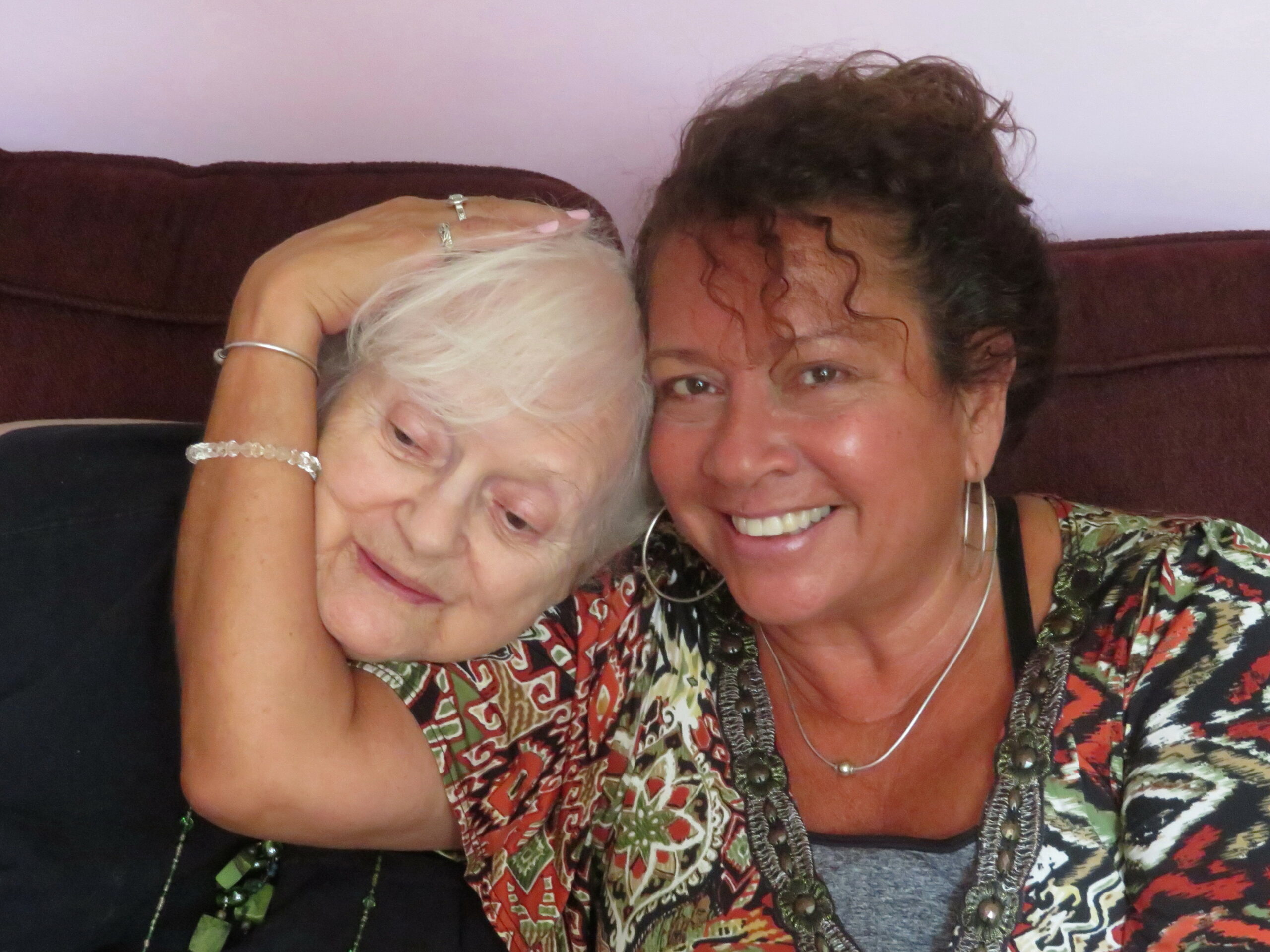Often times we (as a society) think of grief as a way of thinking, or something that affects our behaviour. But, have you stopped to think about the physical ways in which grief can surface? Grief can cause our bodies to enter the process of stress or physical pain, all beginning at the nervous system.
When grief is present in our lives, often our nervous systems will kick in, producing reactions in our bodies that feel uncomfortable and out of our control. It can lead us to feel a lack of safety and/or stress as we move with our grief. While we can’t control this, there are several tools we can turn to help regain some control of our nervous system:
- Hydrate, eat, sleep, rest, get sunshine, and move our bodies. These tasks build a foundation for our body to accurately estimate safe vs dangerous situations. When we’re not tending to these needs, our body assumes danger and it can be hard to regulate the reaction.
- Loving touch. Whether this comes from a loved one or ourselves, a loving, kind physical touch has the power to remind our nervous systems that danger is not present. Connection, physical touch, such as a handhold or hug, provides a sensation that tells our nervous system we are safe, we are loved, and that in this current moment, we are okay.
- Self-talk. Speaking to ourselves, and therefore our nervous system can also be a helpful tool in reminding ourselves we are safe. While our bodies may be producing sensations, we have the ability to pause, evaluate the current environment, and comment to ourselves on our surroundings. See any bears coming out of the woods? If not, you can at least remind yourself (we recommend speaking out loud but thoughts work too!) that there are no threats present.
- Mindful activity. Sometimes, a touch isn’t present and our mind isn’t able to give us the calm we desire. Another tool that can be helpful is allowing our minds to be present in an activity that is predictably mundane and allowing this to take over our attention. Good examples include washing the dishes, mowing the lawn, folding clothes, or going for a walk. Simply doing the activity itself will not completely suffice. Ensuring we are focusing our mind on the sensation, allowing our eyes to watch and engage and not thinking actively of other things as we go through the task are all important.
There is an inevitable set of emotions that come along with loss. While these look different for everyone, if we are sensing discomfort through this process, it is not always a sign we must hurry from these emotions. When we love greatly, we feel loss greatly.
These tips seek to provide relief from these emotions when it is safe to do so, and to help you understand the origin of where emotions come from.
If you are interested in further reading, much of this article is informed by Polyvagal Theory created by Deb Dana. Hospice Halifax does not endorse or promote this text, but rather it may be used as a helpful resource. Many free videos, books at the library and other media will give a deeper understanding of this theory as well as other theories that discuss the brain-body connection, often called somatic theories.
If you are feeling unsafe at any time, please contact Mental Health Crisis Line at 1-888-429-8167, attend an emergency room, or reach out to a trusted person if you are unsure where to turn.




